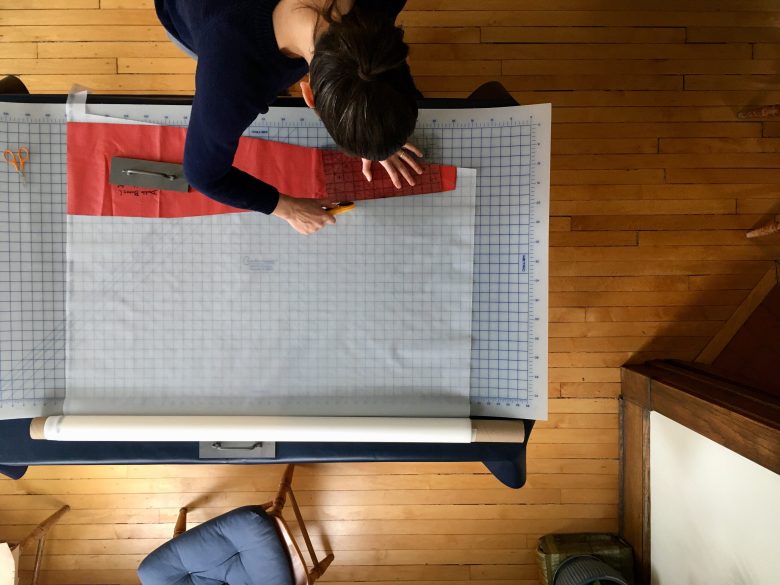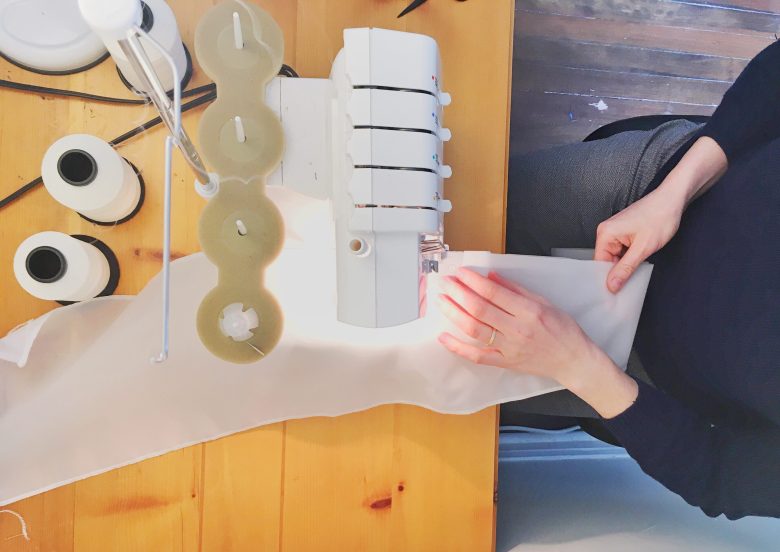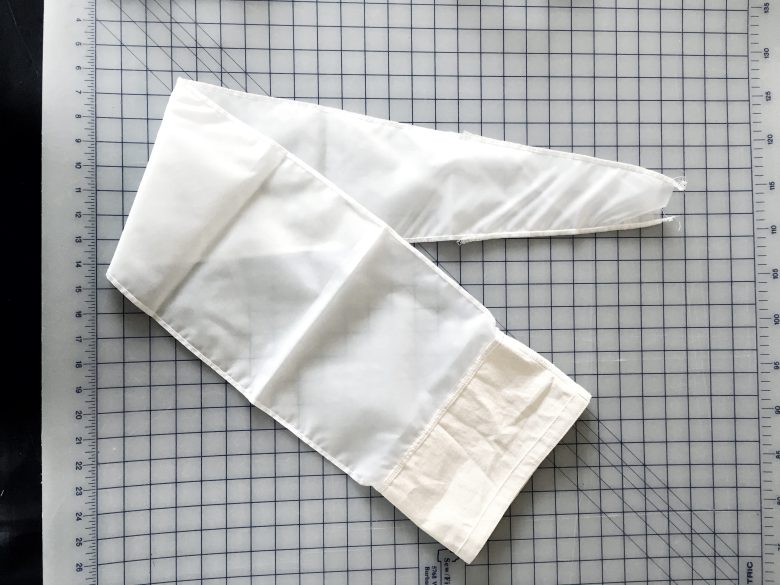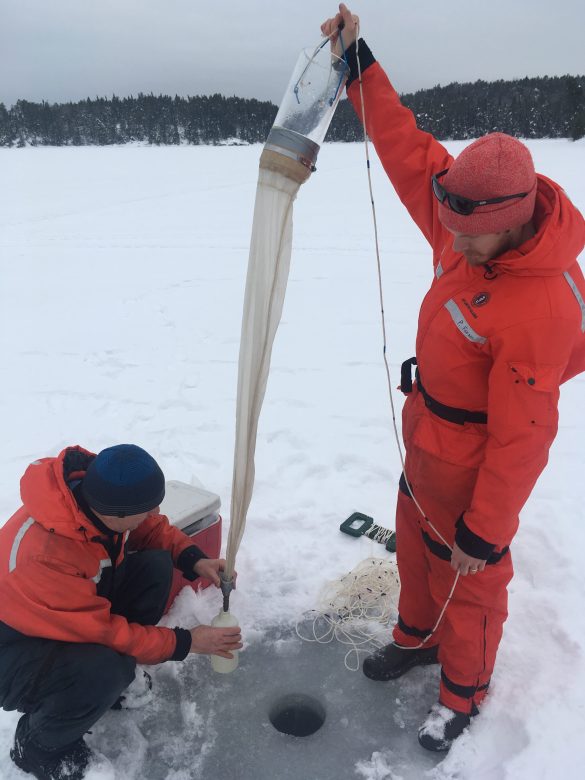Video May 1, 2018
How We Do Things at IISD-ELA: Making a zooplankton net
By Lee Hrenchuk, Biologist, Sumeep Bath, Editorial and Communications Manager
So much of the research we do at IISD Experimental Lakes Area is unique and specific to us. It often, therefore, requires equipment that is specialized in terms of function, size and number.
There is a strong tradition of our researchers developing and making their own equipment tailored for purpose. In fact, two key researchers in the 50-year history of IISD-ELA got their hands dirty and made the trap nets that we still use to this day!
And we are not alone. You might assume that all researchers simply buy their equipment online, but making equipment specific to your research is a practice common to many scientific research institutions.
Lee Hrenchuk, for example, is already a superstar seamstress and has just taken over the task of creating zooplankton nets to track the abundance and species of zooplankton found in our lakes from Doug Allan, who had done it for many years. They were made with material suited specifically for the size of zooplankton we want to track, and for the size of our equipment and lakes.
Tracking zooplankton is a crucial part of our Long-Term Ecological Research datasets and is also often tracked before and after major experiments to see what impact our manipulation has had on the zooplankton populations.
Allow Lee to guide you through the process…

“First I use a rubber template to get the exact size of net we need. We use a type of fabric called Nitex which has the specific mesh size we need to capture the zooplankton we want to track. Nitex is quite pricey, so I am sure to waste as little as possible when measuring it out.”
“Next I use a rotary cutter and a piece of plastic with a straight edge to cut the Nitex that will make up the body of the net.”

“I then use a serger to stitch the two sides of the net together. We have to use some pretty tough thread to make sure the edges seal and stay together. The serger creates an overlock stitch that prevents the edge of the material from fraying.”
“It’s then back to a regular old sewing machine to sew the collar on. The collar is made of canvas and is what attaches to the apparatus we use to collect the samples.”

“And here it is—the finished zooplankton net. It will be used for one year in one lake!”

“Now we get to see the nets in action. The net is lowered down to take a sample of the water column (not including the sediment) and then raised and drained to leave the zooplankton. Remember we are using Nitex that has just the right sized mesh to capture what we want. We then determine the species and number of zooplankton in that sample, and then use a formula to extrapolate and determine the abundance of zooplankton in the whole lake.”